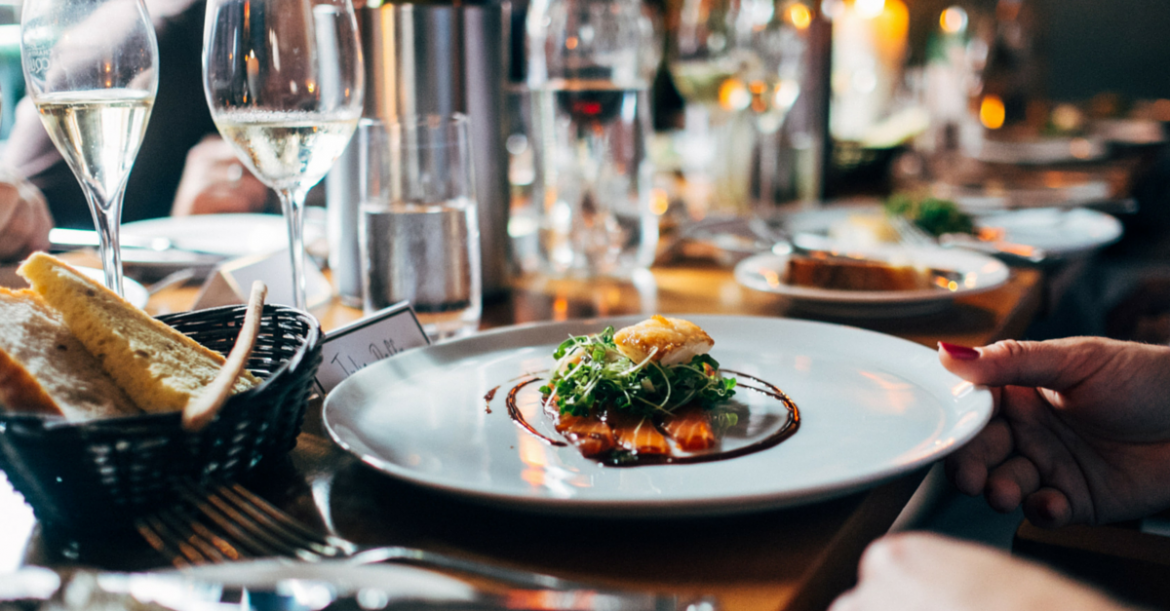Like so many other people, Thanksgiving is one of my favorite holidays because I get to spend time with my family who I don’t get to see very often, and of course the delicious food! I have a large Italian family so every year there is anywhere between 20-35 people sitting around our Thanksgiving dinner table, and lucky for me my parents, aunts and uncles are fantastic chefs and bakers. Every year I look forward to turkey, mashed potatoes, green bean casserole, stuffing and of course pumpkin and apple pie. When you step back and think about it though, there is a lot of waste involved with this time of year. Last year we covered tips to reduce food waste but since it’s that time of year again, we wanted to remind everyone of this important issue. With a little preparation you can limit your waste this Thanksgiving while making your holiday as eco-friendly as possible and helping out people in your community at the same time.
If you’re the lucky one hosting Thanksgiving this year, know how many guests you’re cooking for. Have at least a loose headcount then decide what you’ll be cooking for your main dish and sides and how much of all the ingredients you’ll need. Make a shopping list and actually stick to it! Don’t be tempted at the store to veer off of your list or you’ll end up with more food then you’ll need that could go to waste. If you can, try to buy what’s on your list at a local farmers market. Doing so will not only help support local farmers and the local economy, but you’ll know exactly where you’re food came from and your food will be fresher and taste better. You’ll also cut down on CO2 emissions for food that typically travels thousands of miles to be delivered to supermarket chains across the country. Local Harvest is a great website where you can find farmers markets in your area easily.
What’s almost better than Thanksgiving itself is all of the delicious leftovers that come with it. Save your leftovers which you can reuse later in the week for like turkey sandwiches, salads with turkey, turkey chili and so on – check out this article on Yummly for more tasty ideas. If you don’t want to be stuck with all the leftovers, another idea is to have a stash of reusable containers on hand or ask your guests to bring their own to split up the leftovers at the end of the night. If you’re able to, throw food scraps into your compost to recycle food scraps into fertilizer while reducing landfill waste. Items you can throw into the compost are fruits, vegetables and egg shells, but steer clear of piling on meat, dairy or processed foods.
Another option is to donate your leftover food to your local food kitchen, food bank or shelters. There are many different organizations that help people all over the country but they all differ in what types of food they are looking for. A food pantry usually services a small community while a food bank is much larger and supplies food to food pantries. Food pantries and food banks typically accept non-perishable food like canned soup, pasta, tuna, beans, canned vegetables, and so on. Many shelters and soup kitchens accept fresh food donations however its best to call and check ahead of time, as there are often specific times they allow drop offs. Learn more about ways to help people in your community through Feeding America, a network of food banks, and Food Pantries, which makes it easy to find food pantries and soup kitchens in your town. There are also food rescue organizations like City Harvest that collect food and deliver it to food programs that need it. As we reflect on what we’re thankful for this year, remember those that are less fortunate and make it a family tradition to give back during this time.
 Food
Food Farmers
Farmers Sustainable Living
Sustainable Living Living Planet
Living Planet News
News